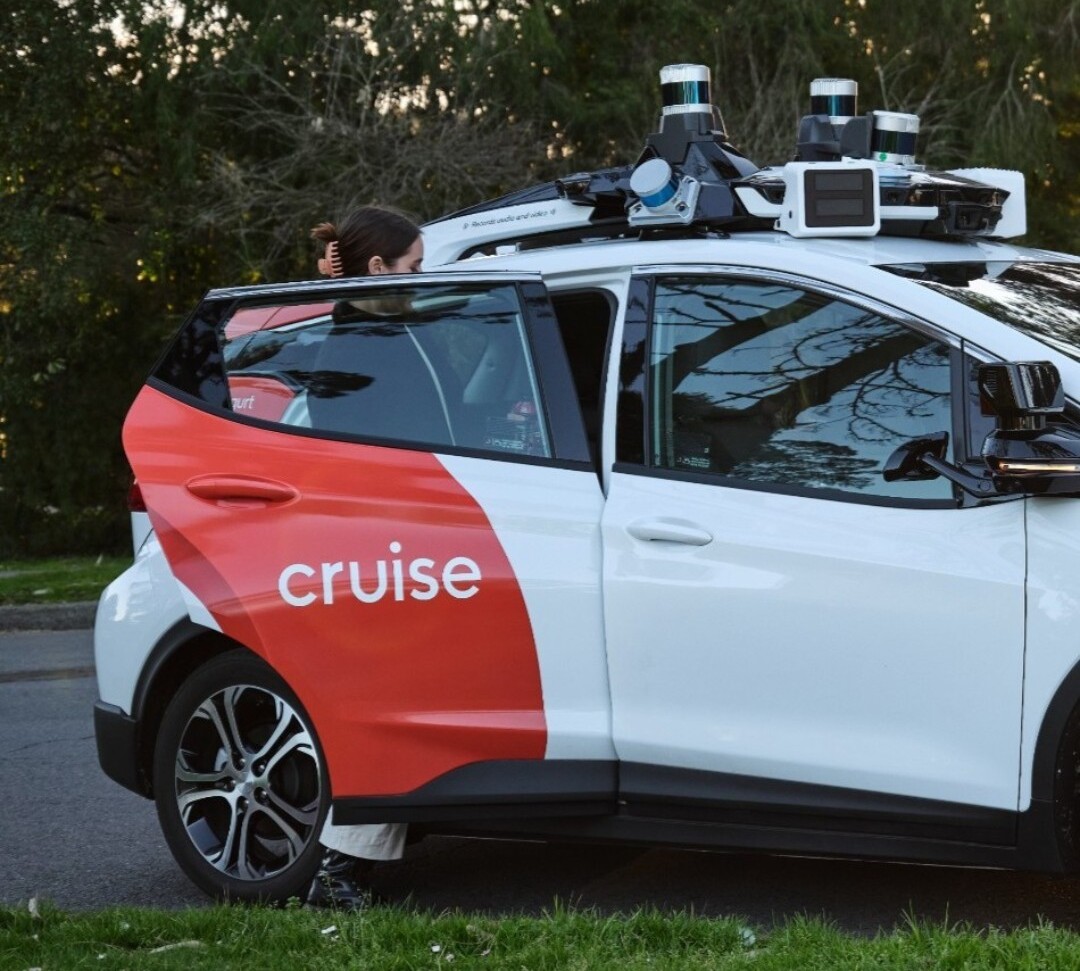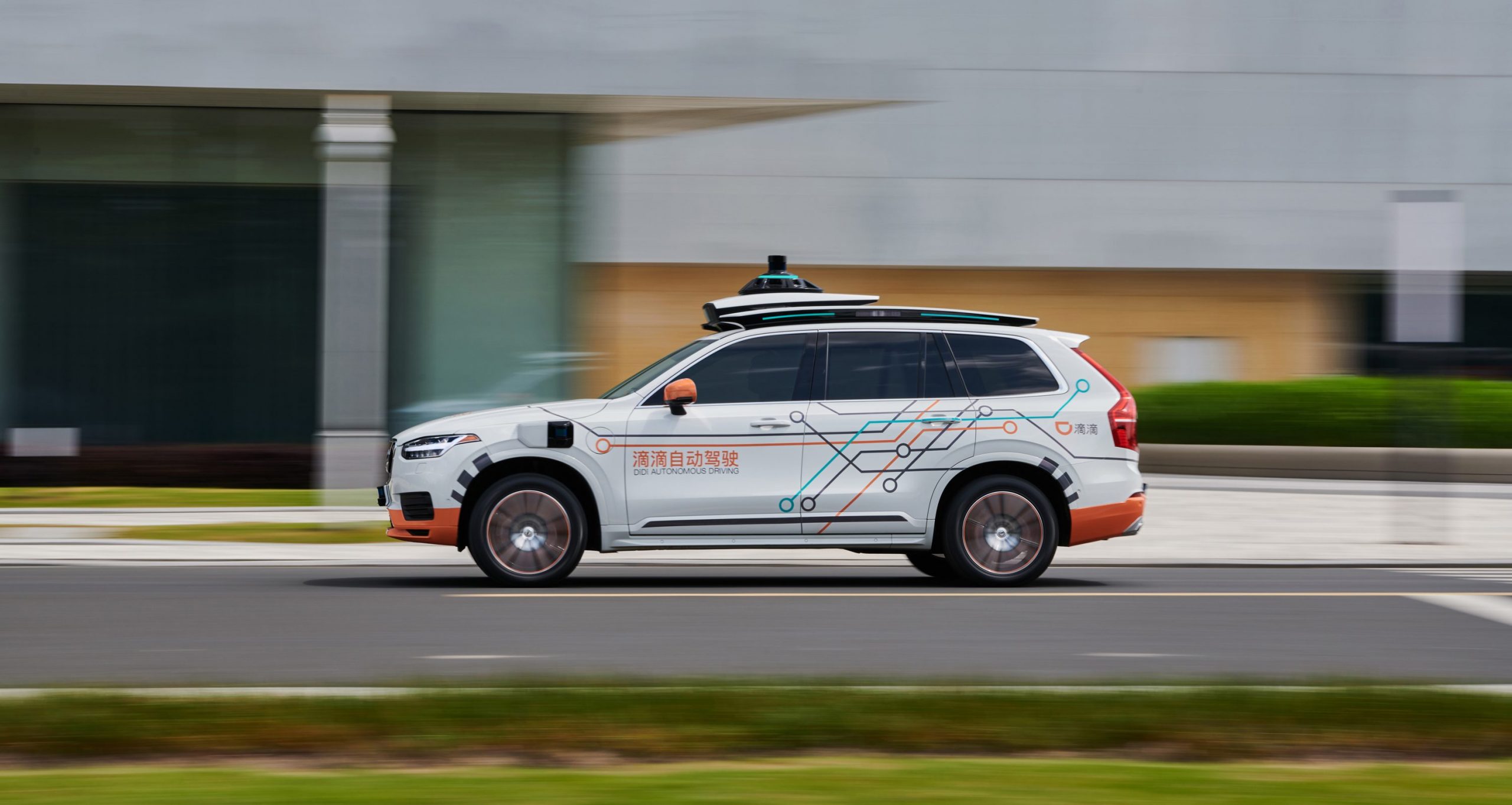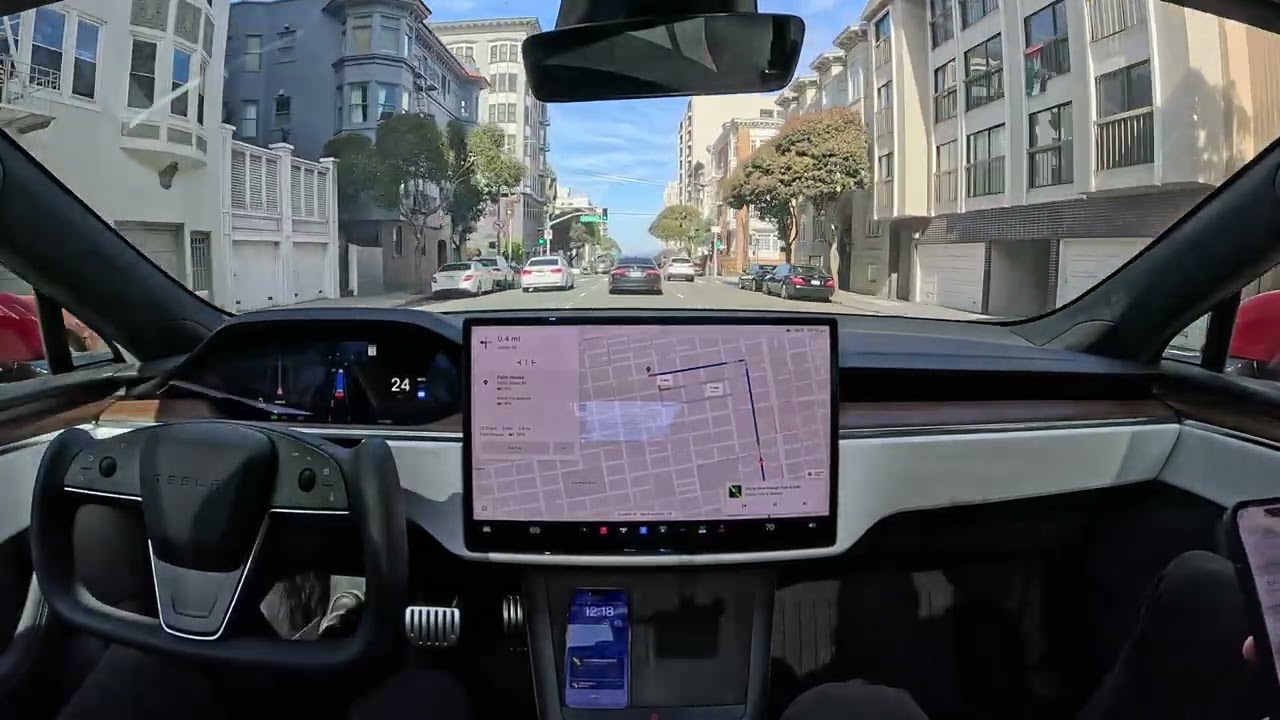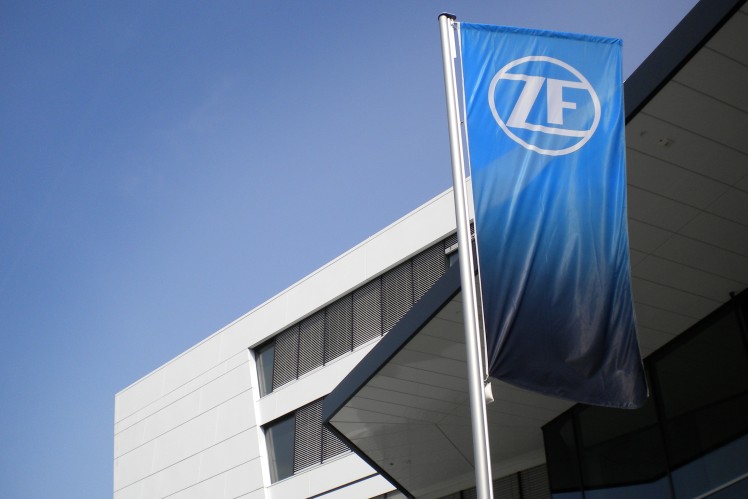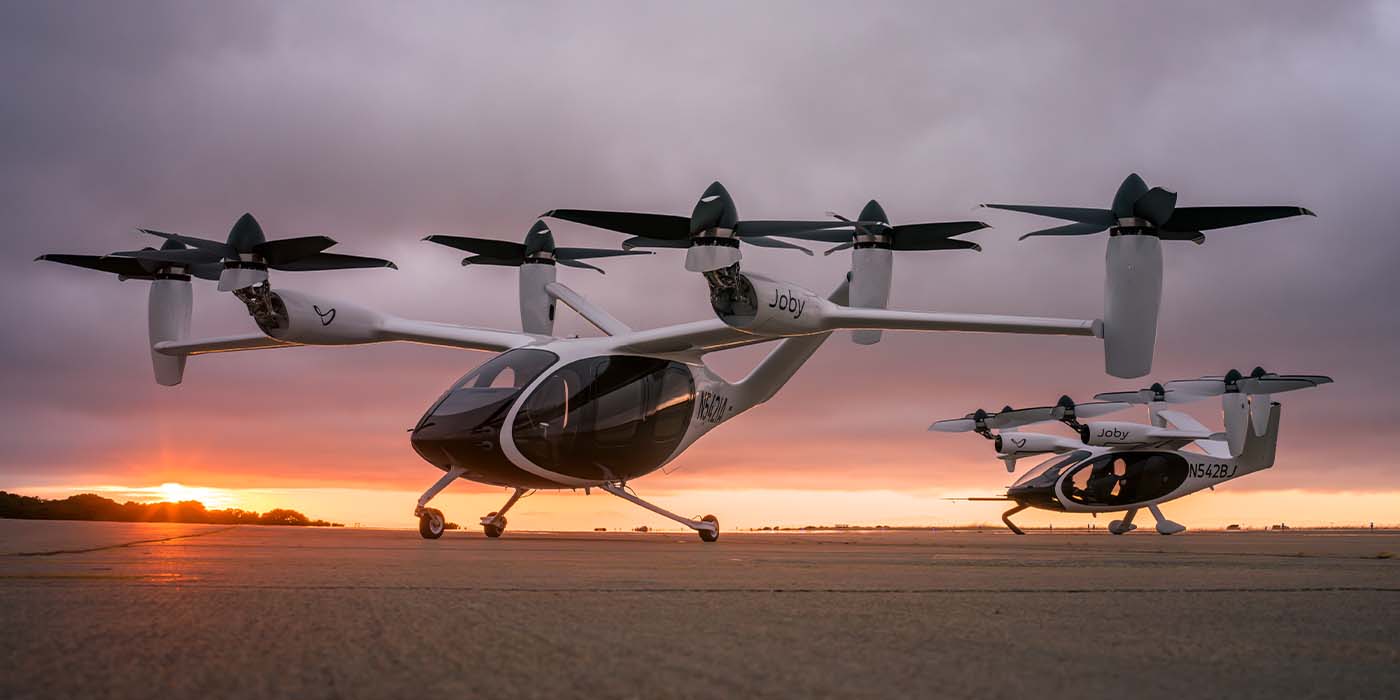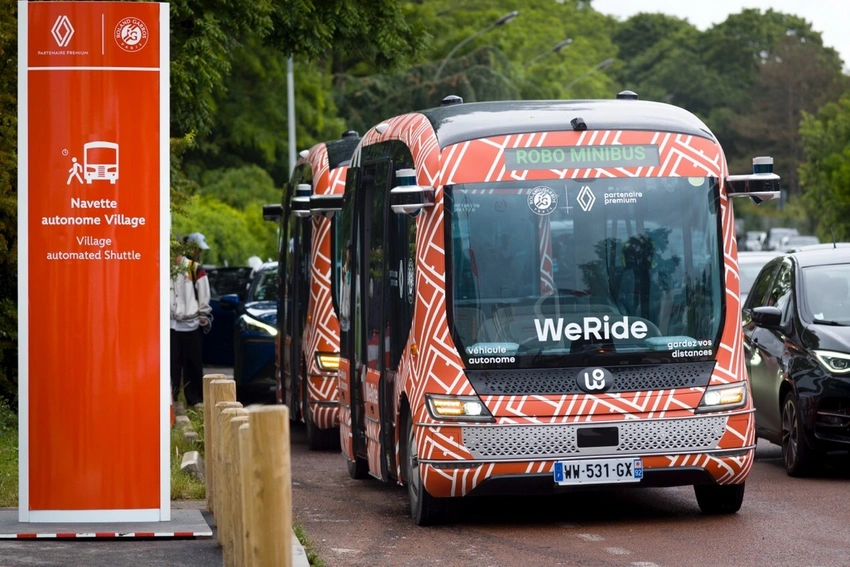Cruise, the self-driving car subsidiary of General Motors, has made a significant comeback by resuming manual driving of its vehicles in Dallas, Texas, as part of its efforts to rebuild its reputation and regain the public’s trust.
The move comes after Cruise had to suspend operations last October when one of its driverless cars was involved in an incident where it dragged a pedestrian for roughly 20 feet. This led to the revocation of its license to operate in California, a fleet recall, layoffs, and the departure of several executives.
Following the incident, Cruise has been working to regain trust, hiring a new chief safety officer and publishing a critical third-party report. The company has also maintained extensive testing in simulated environments during its operational freeze.
See also: Cruise Compensates Victim After Autonomous Vehicle Collision
(1/2) Hello @CityOfDallas – it's nice to see you again! This week, we’re excited to start driving in Dallas as we continue to validate our self-driving technology against our rigorous safety and performance standards. pic.twitter.com/TZR8xEDz4a
— cruise (@Cruise) June 3, 2024
In a statement, Cruise expressed its commitment to safety and innovation, stating, “Dallas is a city on the forefront of innovation… Together, we believe self-driving technology can significantly improve road safety and provide a more sustainable transportation option that directly addresses the needs of Dallas communities.”
The resumption of manual driving in Dallas marks a crucial step for Cruise as it seeks to eventually return to autonomous driving. The company had been in the final testing phase for an autonomous launch in Dallas before the October incident.
See also: Cruise to Begin Supervised Autonomous Vehicle Testing in Phoenix
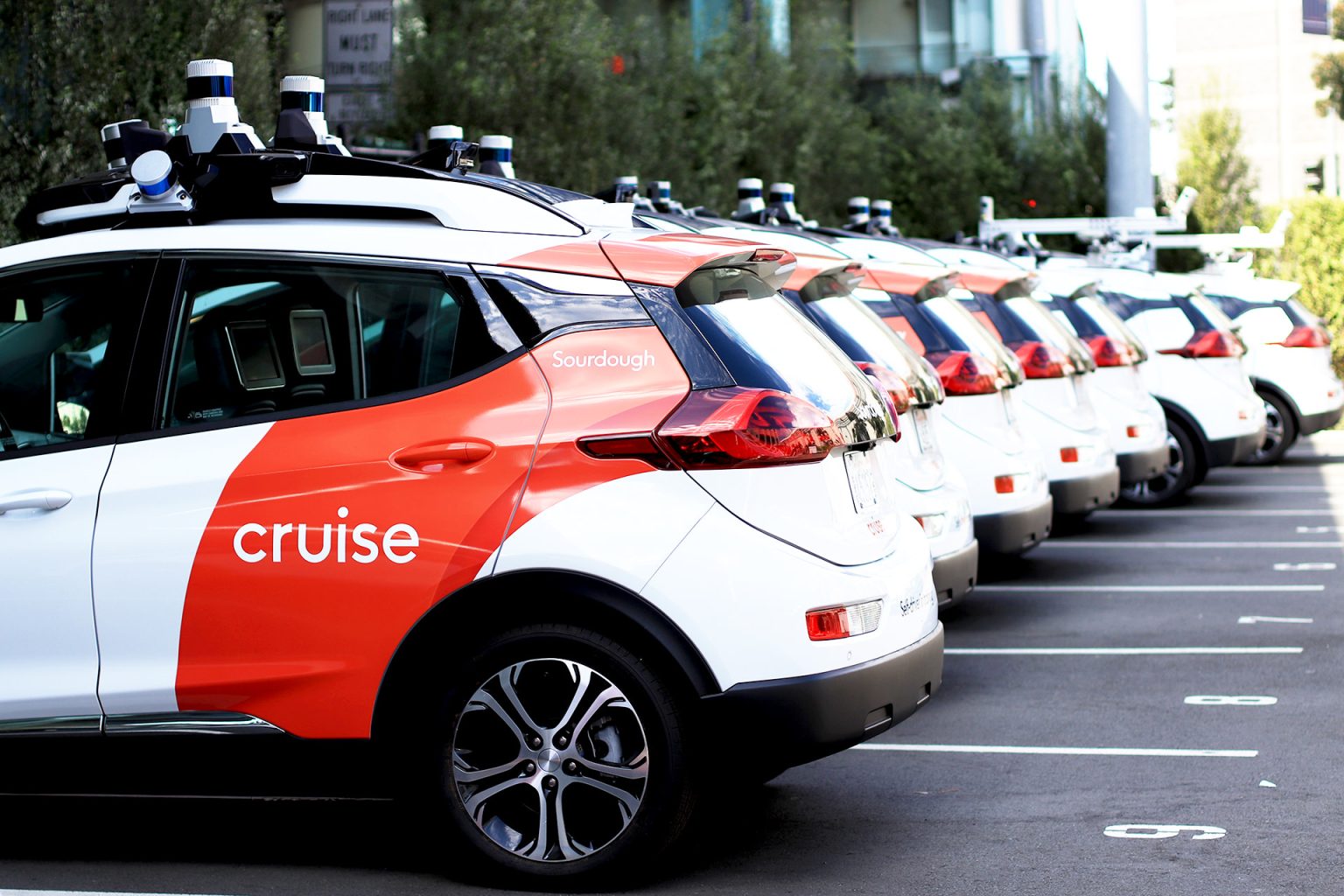
Texas has become a hub for autonomous startups, with at least 15 companies operating in the state. Cruise’s return to manual driving in Dallas may pave the way for its return to other cities in Texas, such as Austin and Houston, where it had also been testing its vehicles.
Cruise’s parent company, GM, reported an operating loss of $3.48 billion for Cruise in 2023. GM plans to reduce Cruise’s expenses by about $1 billion in 2024 to align with a narrower focus. Despite the setbacks, CEO Mary Barra had previously expressed confidence that Cruise could generate $50 billion annually by 2030.

